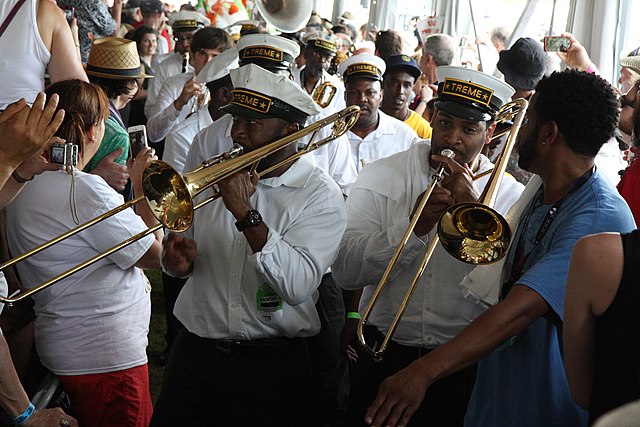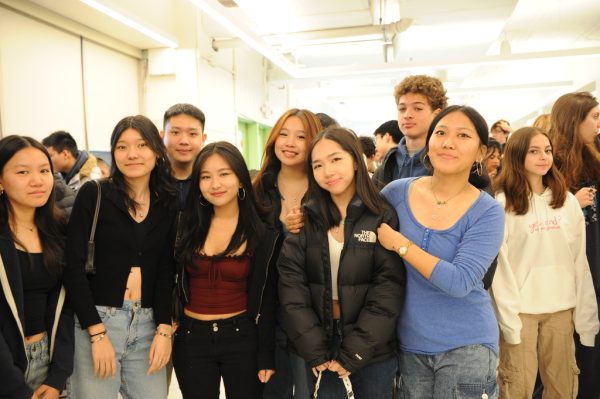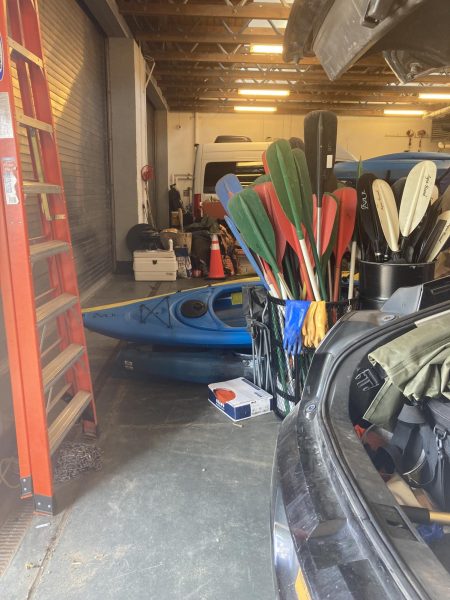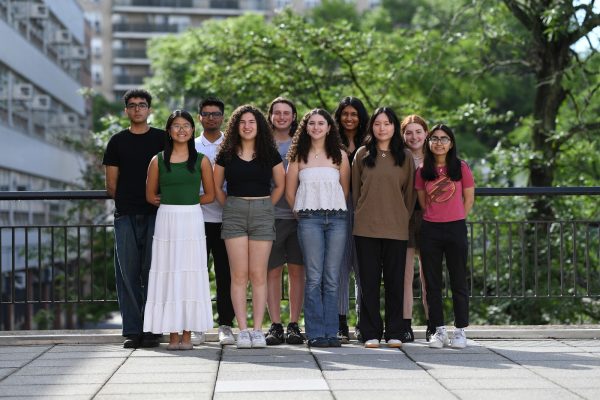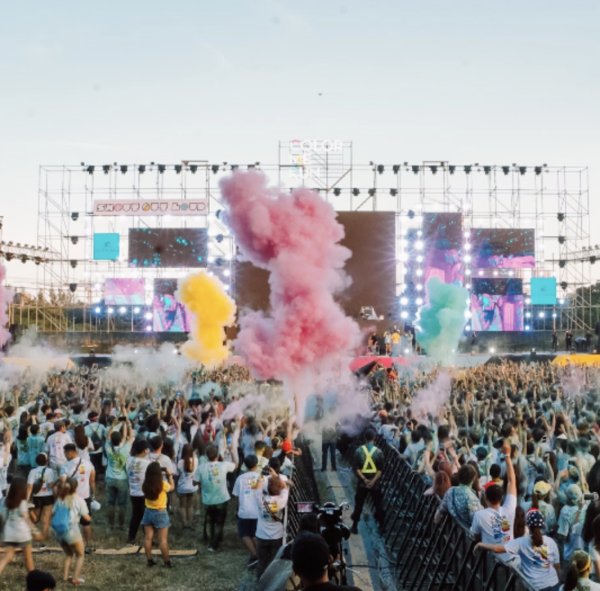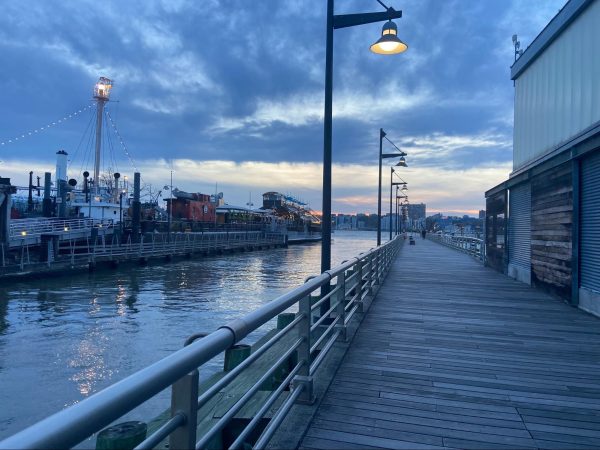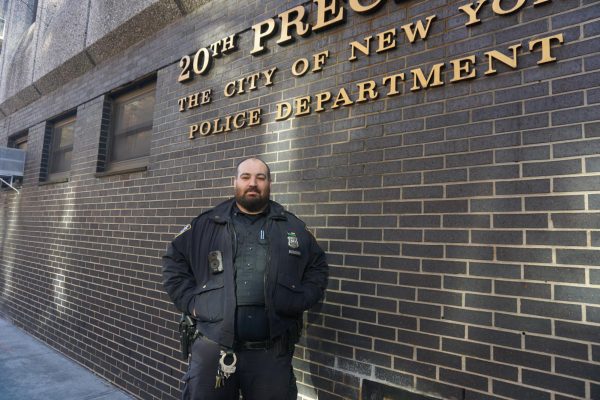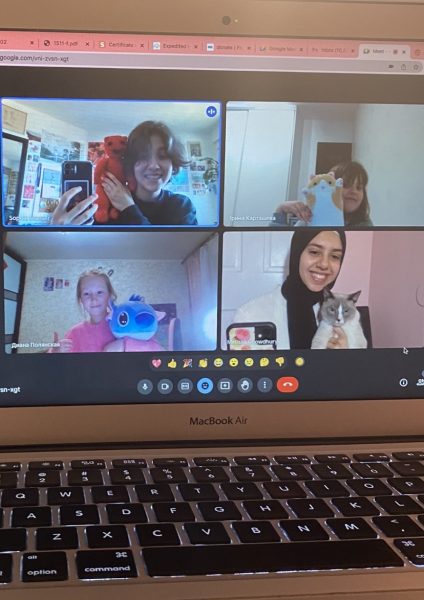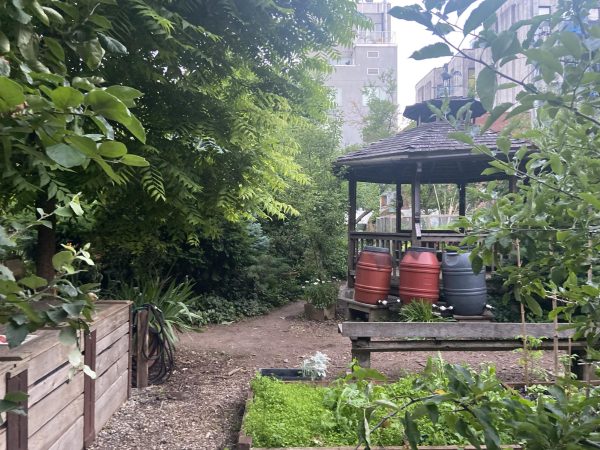Dancing on the Delta: The Cultural History and Evolution of the New Orleans Music Scene
Taking influence from various ethnic groups, the New Orleans music sound is incredibly unique.
kowarski, CC BY 2.0
Millions of people come to New Orleans every year in order to celebrate Mardi Gras, one of the most unique and musical celebrations in the country.
The sounds of blaring trumpets, rhythmic drums, and soulful singing can be heard all throughout Louisiana’s musical city. Whether you’re taking the escalator at the New Orleans International Airport, waiting in line at the renowned Café Du Monde for a beignet, or walking along Frenchmen or Bourbon Street, you will constantly be submerged in the New Orleans music scene.
New Orleans jazz is a balanced mix of African, European, Caribbean, and even Native American music, due to the city’s diverse population. The French began exporting African slaves to Louisiana in the 1700s, and when the Louisiana Purchase was made, roughly 1 in 6 people living in New Orleans were of African descent. With the rise of the Black population in the city came the popularity of the Congo Square. In 1817, the mayor of New Orleans announced that any gatherings of enslaved Africans would be limited to the Congo Square, which is currently located in Louis Armstrong Park. Every Sunday, enslaved people would congregate in this area. They would sell goods, worship, sing, and dance. They also frequently demonstrated traditional African dances and drumming.
With time, slavery was abolished, and African culture started to blend with the Creoles, who are of French, Native American, and African origin. When the culture became blended, so did the music. Vincent Gardner, the trombonist for the Jazz at Lincoln Center Orchestra, said, “New Orleans was a special place for music at the turn of the last century. A major port city, it was home to many different types of people, each of whom had their own style of music… all of the dance styles that went with this music could be heard and seen throughout the city. When all of the different music styles blended into one, jazz was born.” Aspects of brass bands fused with folk music, and later with Blues music, to form this new, unique sound.
Charles “Buddy” Bolden is said to be one of the biggest contributors to this music genre. Not much is known about Bolden, since the peak of his musical career came before the development of recorded music, but it is certain that the New Orleans native was born in 1877 with a musical gift. As Leonard Feather put it in his Encyclopedia of Jazz, “Since his career predated the making of commercial records of his kind of music, there is nothing of him but legend.” Bolden was very charismatic, and by the late 1890s, Bolden became one of the most well-known musicians in the area, gaining the nickname “King Bolden.” His sound was special — according to the National Historical Park of Louisiana, “King Bolden took the guttural moan of the blues, mixed it with the spirit of the black Baptist church, and applied a ‘ragged’ rhythmic feel to his songs. The result was an all new sound that was perfect for dancing and quickly caught the attention of young African Americans in New Orleans.” His sound enabled him to become “the first man of jazz.”
When discussing New Orleans and its music, it is impossible not to touch on Mardi Gras. Mardi Gras, which translates to Fat Tuesday, is historically a pagan celebration taking place on the day before Ash Wednesday, and marks the beginning of Lent, a 40 day period of fasting, praying and giving. Over time, Mardi Gras has evolved into a week-long festivity. During the late 1800s, the people who were unable to afford attending luxurious balls during this event took to the streets and paraded. Historically, brass horn musicians catered to the lower classes, and Mardi Gras gave them a time to shine. Krewes, or groups responsible for organizing Mardi Gras festivities, formed at this point. These krewes evolved and multiplied when the Mardi Gras parades gained more traction. They discovered that the fusion of brass horn music and African folk music was exactly the type of music that motivated parade-goers.
The Native American contribution to this festivity and its music cannot be forgotten. Originally, the Indigenous tribe of Chitimacha was located in what is now New Orleans. When the African people were escaping slavery, the Native Americans in Louisiana assisted and protected them, and in later years, African Americans showed their gratitude through the ‘Mardi Gras Indians’ group. The Mardi Gras Indians consist of mainly African-Americans dedicated to the Indigenous people of Louisiana. Within the Mardi Gras Indians group, there are more than 40 tribes. Each tribe dresses uniquely in hand-sewn suits made with feathers, rhinestones, beads, and more.
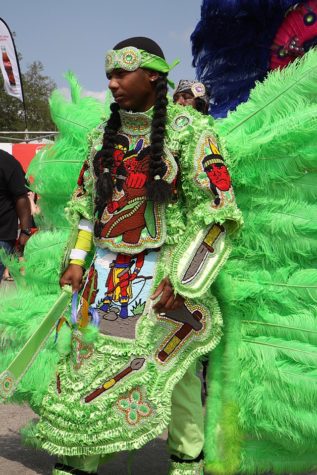
When parading, the Mardi Gras Indians often have call-and-response chants, a musical style typically seen in many jazz forms. In a thesis written by Morgan Stiegler, a music professor at Bowling Green State University, she argued, “…that if European art music gets to claim a piece of jazz history based on prolonged interaction, a “slice” of recognition should also go to Native Americans (especially in the New Orleans area), who seemingly carried on a more intimate and peaceful relationship with the African slaves than did other groups.” People come from all around the world to witness the Mardi Gras Indians on Super Sunday, a remarkable day filled with parading for the Mardi Gras Indians. Starting at noon, various dressed-up groups meet in A.L Davis Park and parade the streets throughout the day while displaying their musical expressions.
Though visiting New Orleans during Mardi Gras or on Super Sunday is ideal, it might not always be possible for all. If you visit another time, there are plenty of locations that evoke the same rich history and tradition. JAMNOLA (Joy, Art, and Music, New Orleans, Louisiana) is a must-visit museum for those interested in the musical culture of New Orleans.
When you first arrive, you are seated in a waiting room until your tour begins. In the waiting room is an artwork of George Porter Jr., a well-known bassist and singer from New Orleans, who served as the music curator for JAMNOLA. In the beginning of your tour, your party is taken into a room presenting a short documentary on the history of New Orleans music and Mardi Gras, specifically the influence of Native Americans and Africans. The documentary, entitled All on Mardi Gras Day, includes clips from past Mardi Gras parades, and highlights how the Mardi Gras Indians are one of a kind. When you are done with watching the short video, you are taken to the next exhibit, and from then on, it is a self-guided tour. Each room is distinct, each being colorful and interactive, and also recognizing a different quirk of New Orleans.
When visiting New Orleans, you will frequently encounter street performers. More often than not, they are located on Frenchmen Street, the soul of New Orleans’ live music. If jazz isn’t for you, you can also find reggae and blues performances on this street. Frenchmen Street is east of the French Quarter, and is home to a very lively nightlife scene, hosting many bars, music clubs, and restaurants. Some notable places located here are The Spotted Cat, Frenchmen Art Bazaar, and Snug Harbor.
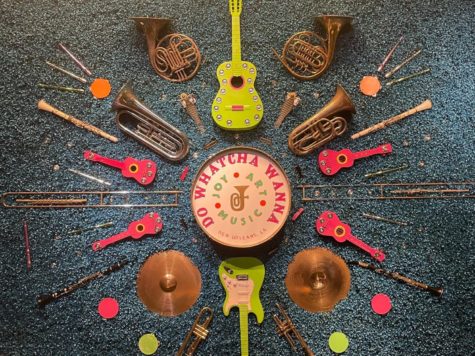
If you’re looking for a cozy jazz performance in Louisiana, Preservation Hall is a good place to check out. Preservation Hall is located in the French Quarter and was established in 1961 to “preserve the legacy of traditional jazz music in the city.” Preservation Hall hosts jazz performances from various bands almost every night of the year for people of all ages. The setting of the hall itself is very personal, with a few rows of benches, and a couple of standing rows in the back. No matter where you sit – or stand – you will certainly be exposed to the close-knit musical experience. Not only is this performance up to par in a musical sense, but the musicians are also very interactive with their audience. Depending on who is performing the night you visit, they will most likely pull audience members up to the front to dance alongside them and take on song requests.
Thanks to the range of people living in New Orleans, jazz was formed, and is still prominent throughout the city. Even a few days in the city will show how music can bring people together and form a special and unique culture.
Vincent Gardner, the trombonist for the Jazz at Lincoln Center Orchestra, said, “New Orleans was a special place for music at the turn of the last century. A major port city, it was home to many different types of people, each of whom had their own style of music… all of the dance styles that went with this music could be heard and seen throughout the city. When all of the different music styles blended into one, jazz was born.”
Aviv Kotok is a Copy Chief and Social Media Editor for ‘The Science Survey.’ She finds that the most appealing part of journalistic writing is the...

